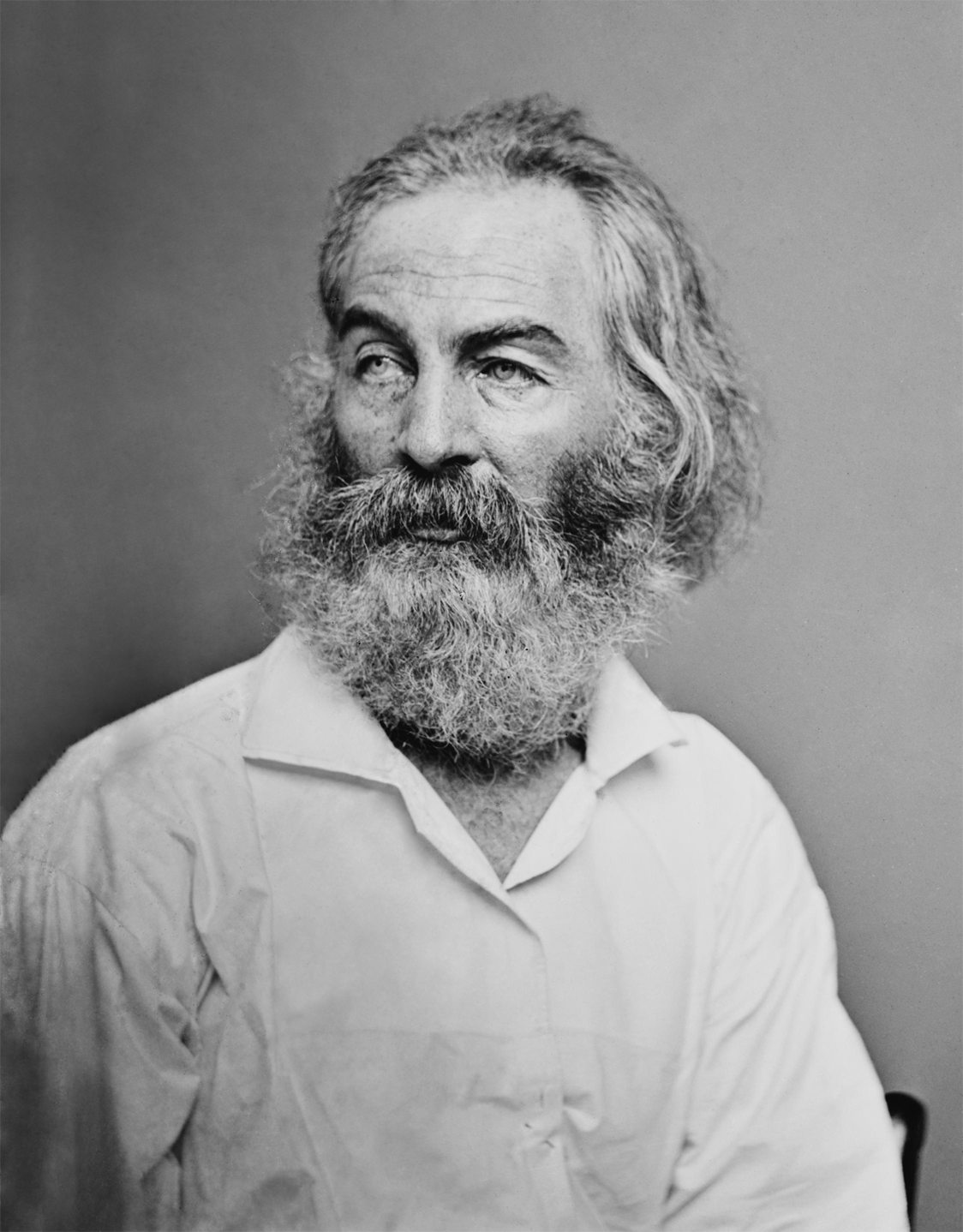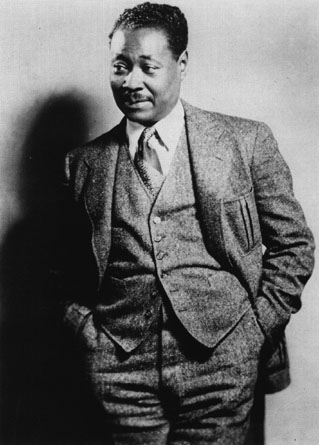This coming Sunday, June 25, a ceremony will be held to dedicate a monument on the east side of the county courthouse to the first known peace officer in Erath County killed in the line of duty, James Mastin. Free electronic resources at the Portal to Texas History and the Library of Congress website were used to find out more information about his murder and the aftermath.
Two references to his murder were on the same page (two)1 of the July 5, 1877, issue of the Weekly Democratic Statesman, published in Austin, Texas, found via the Portal to Texas History. The search was for "mastin erath" (without the quotes) with results limited to the year 1877. The first reference started at the bottom of column six and continued at the top of column 7. Sheriff Maston [sic] was killed by a cattle thief he intended to arrest:
Further on in column seven was a little more detail. This time Mastin's name was spelled correctly, and it gave the date of the murder, June 25. The name and a detailed description of the murderer, Bone Wilson, was also given, as well as the fact that a reward was being offered for his capture. This story also noted Mastin was going to arrest Wilson for stealing a horse (not cattle theft):
A follow-up story2 was in the Galveston Daily News of September 27, 1877, on page 4. In a section with news from Erath County, the Stephenville Empire newspaper was quoted. (In the image below, a number of lines of news not relevant to this case have been blanked out.) Bone Wilson, alias Napoleon B. Wilson, was killed by Texas Rangers under the command of T. M. Sparks about 20 miles from Fort Chadbourne on September 15, 1877:
A little more detail3 about the murderer’s death comes from the Lampasas Dispatch of September 27, 1877, via the Brownwood Banner. This one was found by searching the Portal to Texas History for “sheriff erath” (no quotes in the search), as Mastin was sometimes spelled incorrectly. This article does not even refer to the sheriff by name, and some of the details of Wilson's killing are different. Both articles note that Wilson's body was taken to Coleman City (just established in 1876). which is about 60 miles east of the fort.
There’s more about Mastin on pages 15-16 of James Pylant’s 2009 book, Sins of the Pioneers4. He was elected sheriff on February 15, 1876, and had survived an earlier attempt on his life in November of that year "when Rufus C. Howie fired a six-shooter at him."
One of Pylant’s sources5 is an account of the killing of Mastin’s murderer, Bone Wilson, by one of the Texas Rangers participating, Noah Armstrong. Armstrong was interviewed sometime between 1936 and 1939, as part of the Folklore Project of the Federal Writers’ Project, a New Deal jobs program that was part of the U.S. Works Progress (later Work Projects) Administration (WPA). His account of the killing of Bone Wilson starts on the fourth page.
Sources:
1Weekly Democratic Statesman. (Austin, Tex.), Vol. 6, No. 39, Ed. 1 Thursday, July 5, 1877, newspaper, July 5, 1877; Austin, Texas. (texashistory.unt.edu/ark:/67531/metapth277635/m1/2/?q=mastin+erath: accessed January 21, 2017), University of North Texas Libraries, The Portal to Texas History, texashistory.unt.edu; .
2The Galveston Daily News. (Galveston, Tex.), Vol. 36, No. 161, Ed. 1 Thursday, September 27, 1877, newspaper, September 27, 1877; (texashistory.unt.edu/ark:/67531/metapth464966/m1/4/?q=mastin%20erath: accessed January 21, 2017), University of North Texas Libraries, The Portal to Texas History, texashistory.unt.edu; crediting Abilene Library Consortium.
3 The Lampasas Dispatch (Lampasas, Tex.), Vol. 7, No. 18, Ed. 1 Thursday, September 27, 1877, newspaper, September 27, 1877; (texashistory.unt.edu/ark:/67531/metapth179077/m1/3/?q=sheriff%20erath: accessed January 21, 2017), University of North Texas Libraries, The Portal to Texas History, texashistory.unt.edu; crediting The Dolph Briscoe Center for American History.
4Pylant, James. Sins of the pioneers: crimes & scandals in a small Texas town. Stephenville, TX: Jacobus Books, 2009.
5Doyle, Elizabeth, and Noah Armstrong. [Noah Armstrong]. Texas. Manuscript/Mixed Material. Retrieved from the Library of Congress, https://www.loc.gov/item/wpalh002308/. (Accessed January 21, 2017.)










.jpg)
